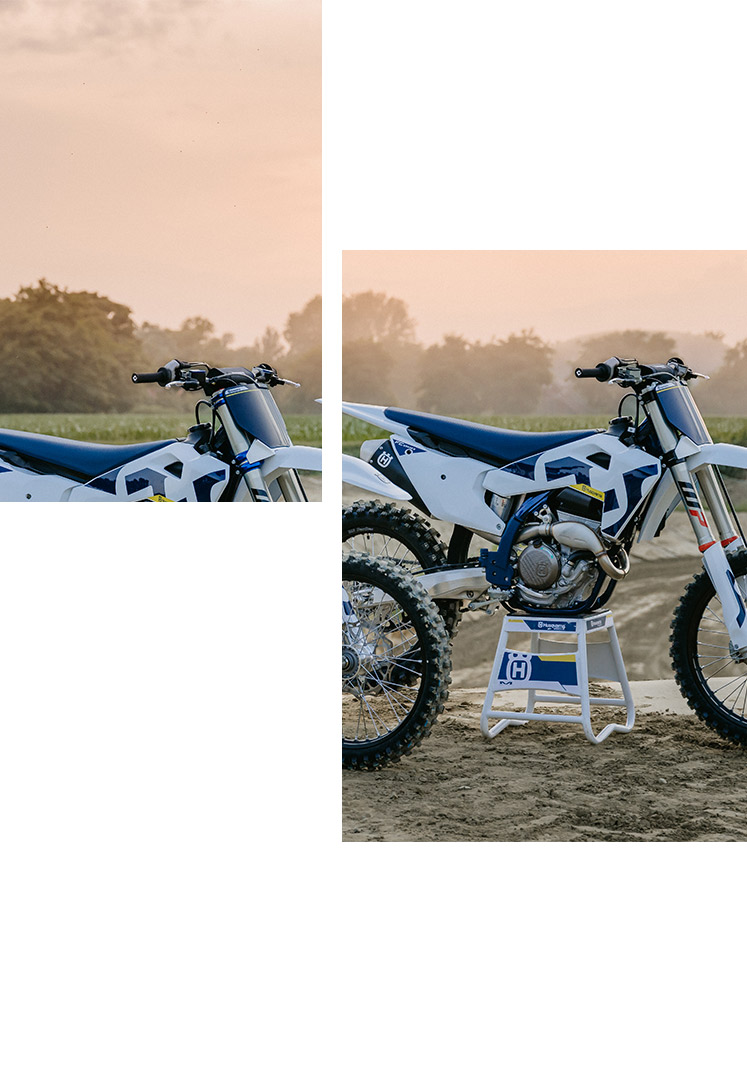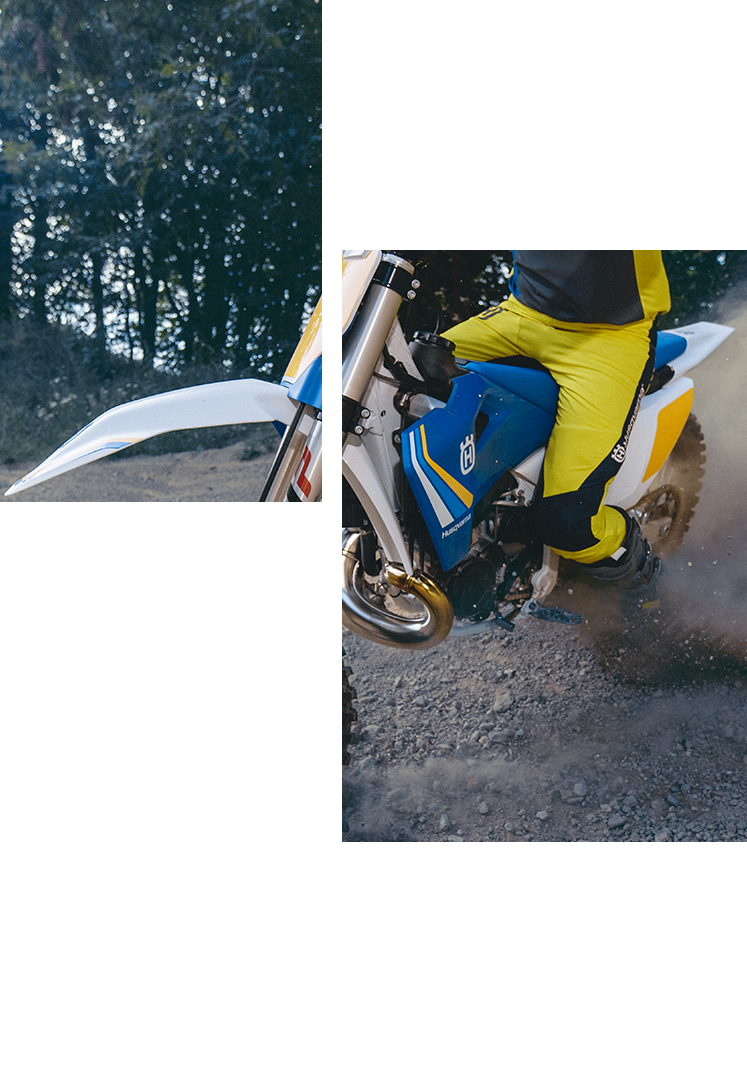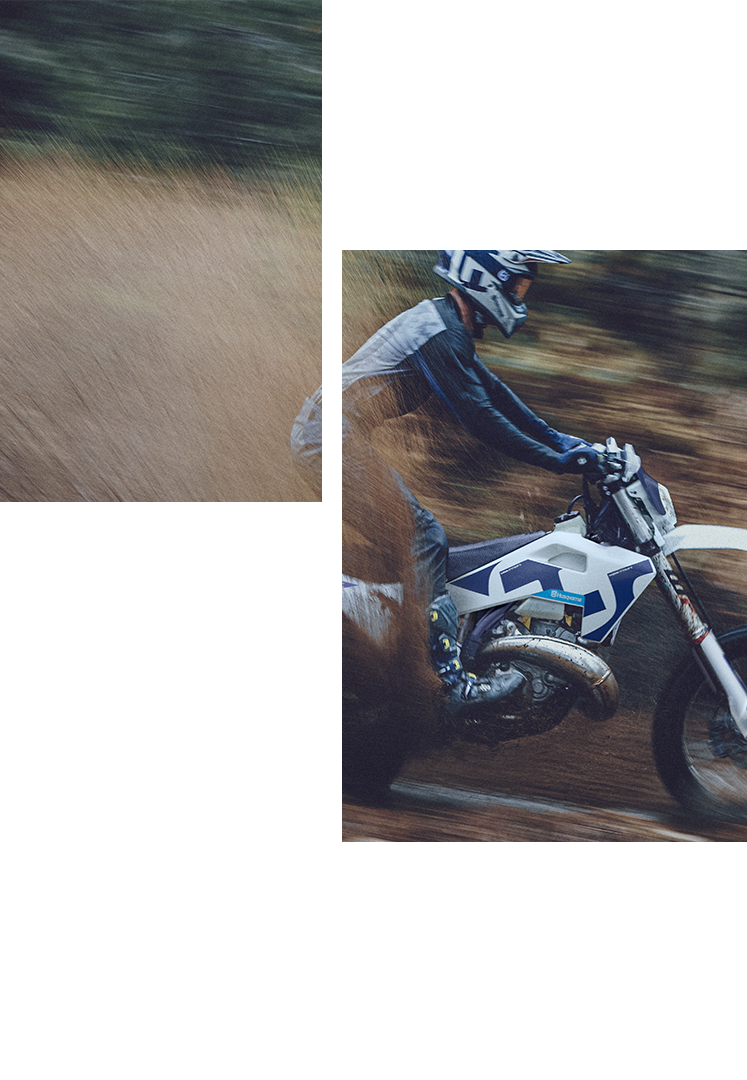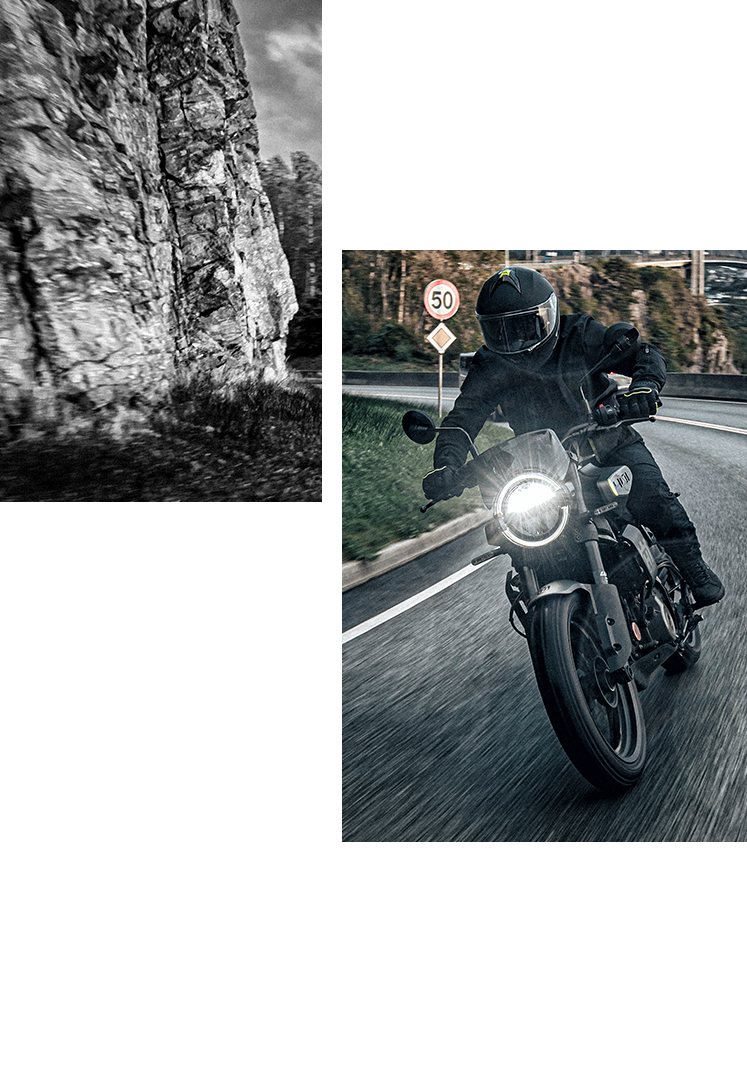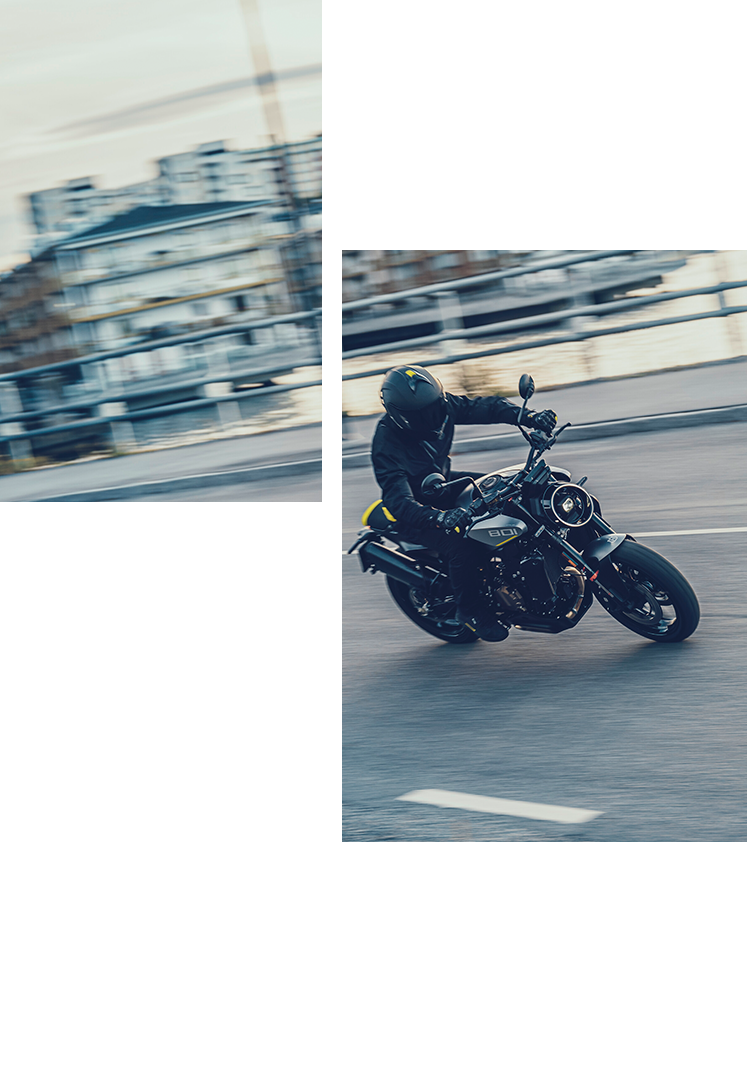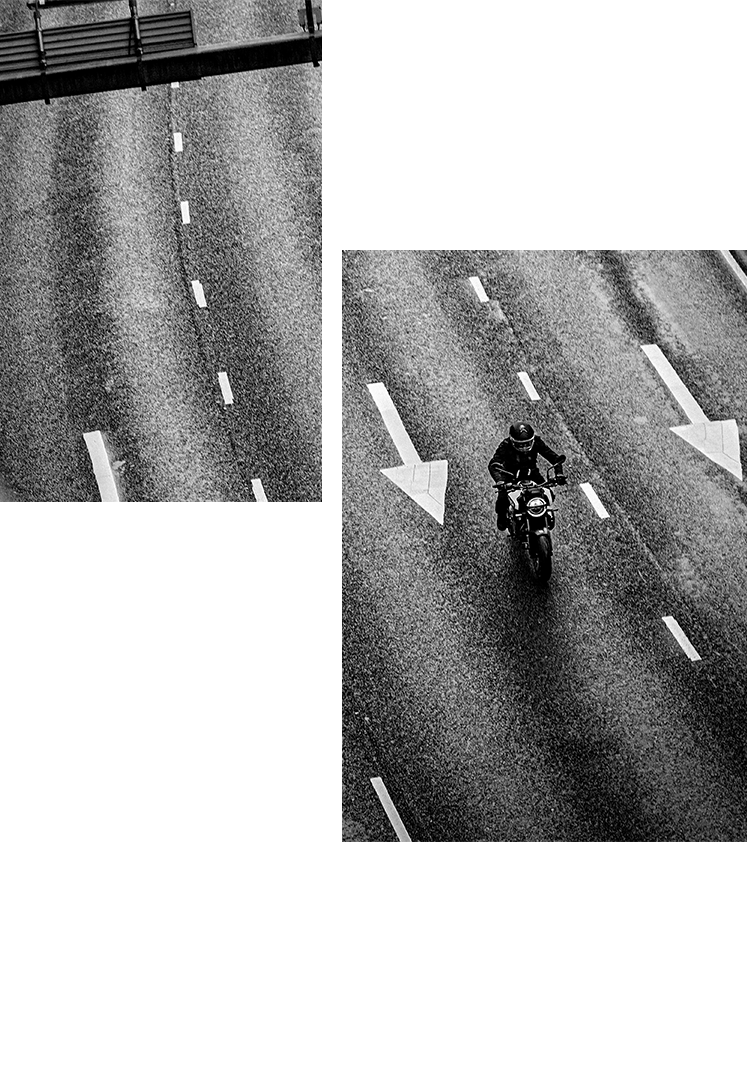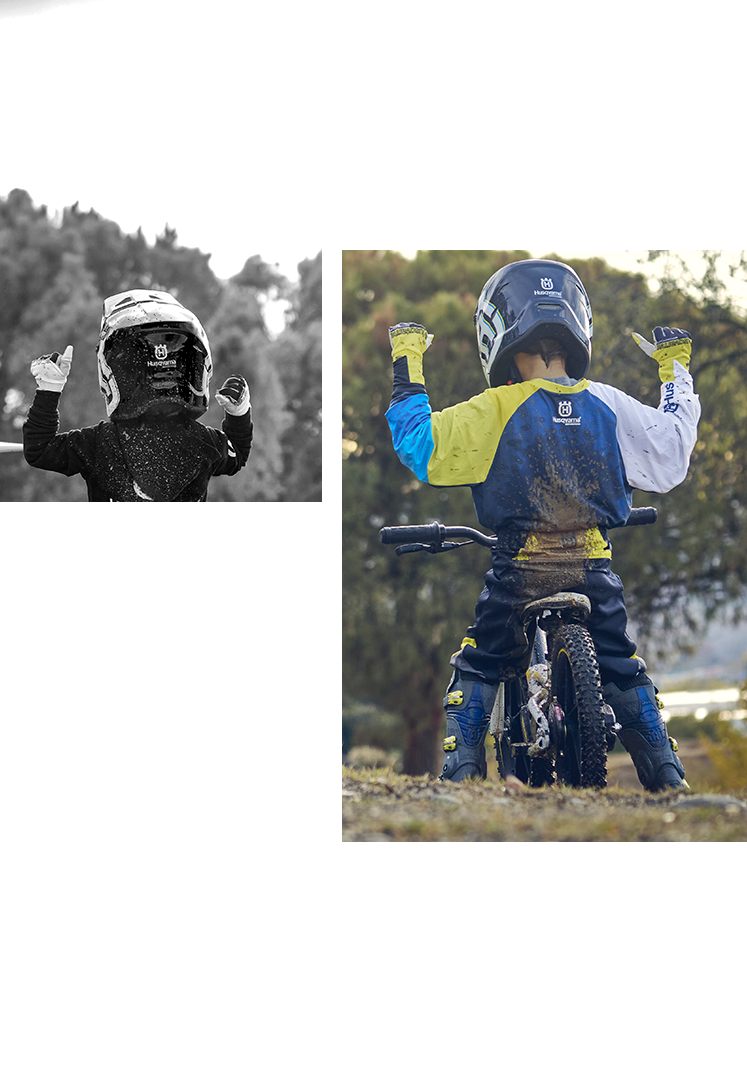Italian manufacturer Pirelli had their tyre treads marked on bodies of female models as a symbol in their famous 1980s calendars. In the 30s, Husqvarna used its racing success to market their products in advertising. The copy and pictures appealed to people's inspiration and was street smart for increasing sales.
During the roaring 20s the Jazz age set off, overwhelming trends that also gave an echo within the motoring industry. In France - where else - fashion was of the utmost importance for acceptance of a new vehicle model. Coachbuilders expressed themselves vigorously and fashion magazines were quick to follow up on new trends. Concours d'élégance were established in Paris with witty designs being displayed to many excited local spectators - one would not show up in Biarritz in last year's model, which was as bad as appearing in the fur of the previous season. It is worth noting that advertising can appear in many shapes, which are accounted for in this little two-wheel episode. The Swedish lieutenant Einar Söderén made a stop on l'avenue de l'Opéra with his 1925 Husqvarna on his way to northern Africa. Interested Parisians gathered around his machine wondering what this beast was made of. Being surprised over the Swedish steel and its quality made of rigid material, some motoring insiders were surprised to see the big engine that powered this vehicle. "C'est un vrai construction avec une moteur comme dans une voiture," were the spontaneous comments. It was truly good publicity although the brand was not sold there at the time.
From its early days, the motorcycle was a magnificent beast - both economically and politically. During the 20s, it took a somewhat modest position in comparison with the four-wheelers. But not only did one regard all the new possibilities riding a potent machine on the road, but also the design and a prestigious layout grew in people's mind. More often than not, the new vehicle era of the 30s developed into a showpiece of the bike designers around Europe and Husqvarna played a vital role in these European developments.








